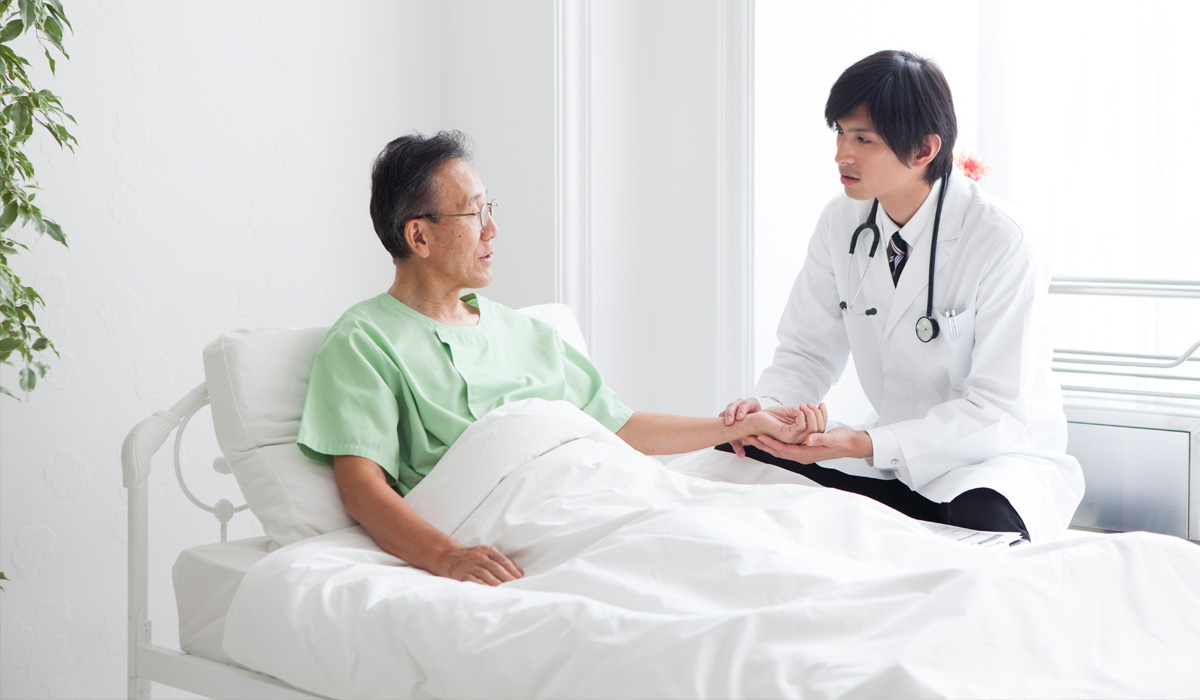
09
OCTOBER, 2018
Medical Tourism and Travel: A Movement
In this 2017 study published by the Medical Tourism Association (MTA), this non-profit association shared the latest trends associated with traveling internationally for quality medical care.
The methodology of the report included research with over 1,000 prequalified global buyers of services, defined as individuals or companies that either refer patients to healthcare destinations or are involved in the selection of healthcare providers for the networks offered to traveling patients.
“The demographic and geographic sampling was diverse, yet the responses weighed heavily from buyers in the MENA nations, United States and Asia managing patients predominantly emanated from MENA, UK, Germany, and the United States,” the report begins, with patients traveling to the same destinations listed in addition to India, Turkey and Thailand.
The research showed over half of patients spent USD $10,000-50,000 and 16 percent spending USD $50,000-100,000, with half of patients’ fees being paid fully or partially by insurance of government coverage.
Prior studies reflect the largest volume of patients consuming dental and cosmetic services however the most recent study reflects 72 percent traveling for orthopedics and oncology that likely contributed to the higher per patient spend.
Medical tourism has been active for decades, and initially was done for elective procedures. Destination health, wellness, cosmetic surgery, dental procedures and other elective actions drove the early days of international travel care.
Today, however, more and more insurance companies, providers, and government agencies are seeing the value of providing lower-cost but still high-quality care to patients for major surgeries, which has driven great interest in achieving U.S. Joint Commission certification, qualifying global hospitals to participate in this relatively new medical travel industry.
“In recent years, we see the increase in movement of healthcare organizations to ‘internationalize’ their brand or services for an expanded consumer base, often crossing borders and cultural competencies,” the introduction to the report says on the MTA’s website, and goes on to say “medical tourism or medical travel can be measured by the economic impact appropriately documented to include each consumer and payer category to meet the realities of these individual markets around the world. The combination of the spending at a health center, combined with wellness complementary to health and tourism/travel, plus the hospitality, travel and per diem spending associated with this trip, is in fact the true economic impact of the industry.”
How Big Is This Industry?
Visa estimates 11 million tourists travel each year for medical care. This is 3-4% of the world’s population.
Patients Beyond Borders provides a more conservative estimate of the industry’s worth at USD 45.5-72 billion with 14 million travelers spending approximately USD 3,600-7,600 per medical visit. This figure includes travel and/or medically related expenses.
The Medical Tourism Association estimated at USD 100 billion.
An earlier 2015 MTA Medical Tourism Patient Survey found that nearly 27% of patients had previously traveled to a foreign country to receive medical care. Most of the travelers were female and all were between ages 45 and 64. The majority were White/Caucasian. All were American. Additionally, they were all college educated with 50 percent having household incomes between USD 50,000 and 100,000. Additionally, 50 percent of them had health insurance.
These patients required a savings of between USD 4,900 and 8,600 USD to pursue medical tourism as an option.
The Importance of Patient Safety and Experience
Patient safety was the most important factor in choosing a destination and 20 percent stated they were willing to air travel one to five hours to reach their medical destination. They are mainly motivated by cost savings (61%) then quality (21%) according to the report.
Visa projects the medical travel industry will grow 25 percent each year, particularly if safety, experience and overall quality can be delivered and certified.
Deloitte expects medical traveler numbers to increase 35 percent annually.
“While much work is to be done in defining the metrics for measuring medical tourism, collaboration amongst stakeholders is the key to its sustainability,” the MAT report states, and “in order to meet the demand, this industry needs to set some foundational and core principles right away. For example, setting standard medical facility and physician certifications is encouraged.”
Joint Commission International programs are in place to do just that. The JCI offers expert consultants and certification programs, critical to the development of a truly systematic approach to medical travel.
As this movement grows, there are opportunities for entrepreneurs (for example medical travel brokers and facilitators) to medical facilities (hospitals partnering to provide lower cost options) to travel agents.
“Every region of the world has medical tourism success stories to share and be inspired from,” the MTA report says. “India has been most prolific in publishing case studies and best practices. These global patient experiences may be a worthy investment of your time to read and learn from. It is common knowledge Southeast Asia has been the most aggressive and successful in their endeavor to attract medical tourists as six of the world’s top ten medical tourist destinations lie in that region.”
Other destinations are still in the beginning phases of development, including Central and Latin American countries, Sri Lanka, Philippines, and Puerto Rico.
“The service this industry provides is a noble one,” the report concludes. “It is making people healthy, whole and happy again thus is worth the effort to develop and grow. If we work together we certainly will find our way there successfully.”
Opportunities to make safe, high quality, and compassionately delivered medical treatments to our growing population are manifest; the key will be a vision for bringing more systematic approaches, collaborations and partnerships to bear as the medical travel industry matures and grows.
100 Years of Innovation and Compassion: The United Home in New Rochelle and the Power of Beauty in Healing
Aging Gracefully: A Portrait in Living a Beautiful Life at the End of Life
29 SEPTEMBER, 2018 Aging Gracefully: A Portrait in Living a Beautiful Life at the End of Life Throughout our lives, we are drawn to beautiful places and peaceful landscapes. We find meaning in meadows and forests, expression in murals and museums, and comfort and...


